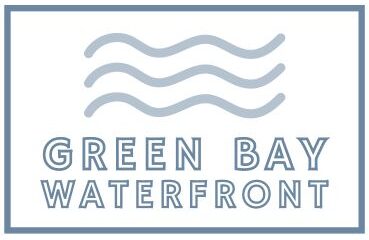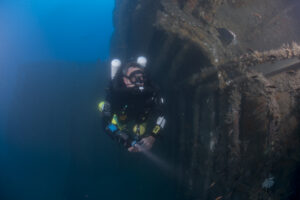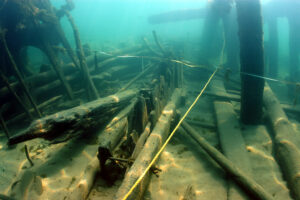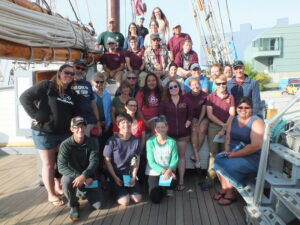Lake Talks series to explore Wisconsin’s marine sanctuary devoted to shipwrecks
Shipwrecks are a topic of enduring fascination and a window into Great Lakes history and science. The next installment in Wisconsin Sea Grant’s “Lake Talks” series will focus on a new sanctuary that will help protect Lake Michigan shipwrecks and enhance education and engagement surrounding them.
The free, online event takes place Thursday, Feb. 17 from 7 to 8 p.m. on Zoom. All are welcome to attend, but registration is required. Registration is open now.
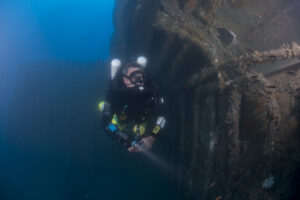
Russ Green, pictured here, will be the featured presenter for the Lake Talks on Feb. 17. He’ll discuss a new marine sanctuary connected to Wisconsin’s Lake Michigan shipwrecks. (Submitted photo)
Russ Green, Great Lakes regional coordinator for the Office of National Marine Sanctuaries, will present “What’s Next for the Wisconsin Shipwreck Coast National Marine Sanctuary?” Green will give an overview of the sanctuary and discuss several ongoing projects both on and off the water. The hour will include time for audience questions.
The sanctuary, which is administered by the National Oceanic and Atmospheric Administration (NOAA), was officially designated in 2021. It stretches along Wisconsin’s Lake Michigan shoreline in state waters adjacent to Ozaukee, Sheboygan, Manitowoc and Kewaunee counties and encompasses 36 known shipwrecks.
Green brings a rich background to leading this effort, having worked in Great Lakes conservation for two decades, first as an underwater archaeologist for the state of Wisconsin and later as deputy superintendent at the Thunder Bay National Marine Sanctuary in Alpena, Michigan.
He holds a graduate degree in maritime archaeology from East Carolina University. He has worked on maritime archaeology projects in Bermuda, Micronesia, Japan and along both U.S. coasts, including technical diving expeditions to the Civil War ironclad USS Monitor, which lies in 240 feet of water off North Carolina.
Green is also affiliated with Wisconsin Sea Grant, having joined its Advisory Council in 2021. Appointed by the University of Wisconsin-Madison chancellor, members of the council work to ensure that a variety of viewpoints inform Sea Grant’s functioning and that it remains accountable to stakeholders.
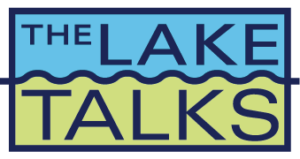 For Lake Talks event and registration information, visit the Sea Grant website, or follow Wisconsin Sea Grant on Facebook or Twitter. You can register for the Feb. 17 presentation now.
For Lake Talks event and registration information, visit the Sea Grant website, or follow Wisconsin Sea Grant on Facebook or Twitter. You can register for the Feb. 17 presentation now.
For questions about this series, contact Wisconsin Sea Grant science communicator Jennifer Smith.
The post Lake Talks series to explore Wisconsin’s marine sanctuary devoted to shipwrecks first appeared on Wisconsin Sea Grant.News Releases | Wisconsin Sea Grant
News Releases | Wisconsin Sea Grant
https://www.seagrant.wisc.edu/news/lake-talks-series-to-explore-wisconsins-marine-sanctuary-devoted-to-shipwrecks/?utm_source=rss&utm_medium=rss&utm_campaign=lake-talks-series-to-explore-wisconsins-marine-sanctuary-devoted-to-shipwrecks
